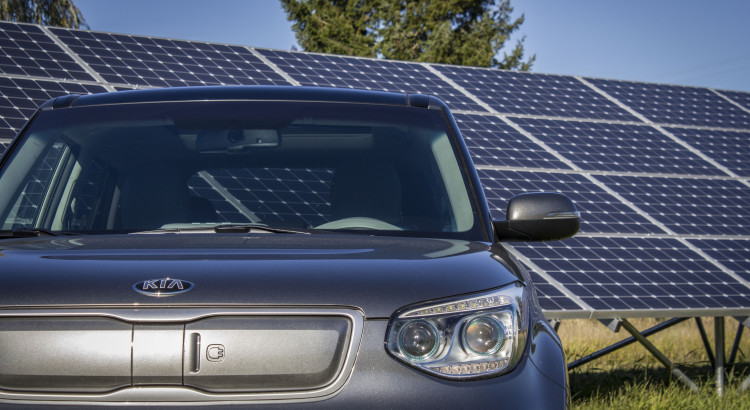We both really like the Kia Soul EV. It’s got great looks and outstanding features. We’ll definitely be using it for our road trips in the future, and we’re very happy to have replaced one of our Nissan LEAFs with a Kia Soul EV. Read more to find out why.
We have simplified this website from its original version to reduce maintenance. The following articles will remain here indefinitely, but the rest have been removed.
Charging on the Go
Traveling hundreds of miles from home in an electric car that has an EPA rated range of 84 miles generally isn’t very hard, but that can depend on a few different factors. Several people have asked about how we’ve accomplished this on our trip.
Our Nissan LEAFs can be charged in three ways. The most common (the way we charge at home) is called Level 2 charging. This uses a 208-to-240-volt circuit, and the LEAF (model years 2013 and newer) can pull up to 6.6 kilowatts (kW), allowing it to charge the battery from empty in about 5 hours. All new electric vehicles support charging at Level 2 using a connector called SAE J-1772. There are tens of thousands of Level 2 charging stations throughout the country.
Car Charging Adapters
Something that could become a challenge on a long trip in an electric car is finding places to charge. The cars can plug in to any regular household outlet, but the current is so low there that it could take all day to charge up. So being able to plug in to higher-powered plugs, such […]
